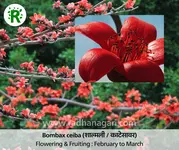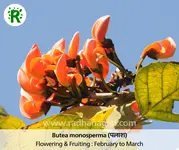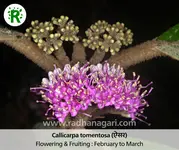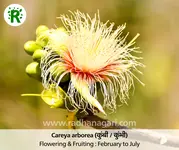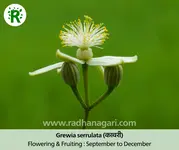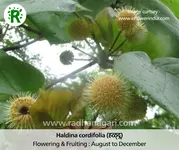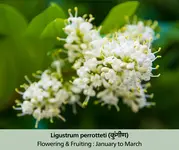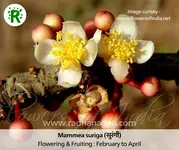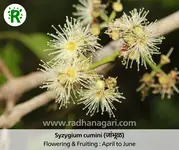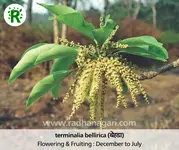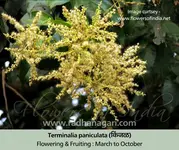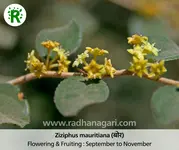Nature of Radhanagari
Plants
The Western Ghats is a mountain range along the western coast of India, known for its incredible biodiversity and rich plant life. The region encompasses a wide variety of vegetation types, including tropical rain forests, evergreen forests, deciduous forests, grasslands, and shola forests. Here is a brief overview of the plants found in the Western Ghats:
Evergreen Forests
The Western Ghats are characterized by lush evergreen forests that receive abundant rainfall. These forests are home to tall canopy trees, such as teak, rosewood, dipterocarps, and a variety of lianas, epiphytes, and ferns.
Deciduous Forests
In areas with a distinct dry season, deciduous forests dominate. Trees such as teak, bamboo, Terminalia, and Anogeissus are common. During the dry season, these trees shed their leaves to conserve water.
Shola Forests
Shola forests are unique to the high-altitude regions of the Western Ghats. These forests consist of stunted evergreen trees interspersed with grasslands. Rhododendrons, magnolias, and species of Syzygium are often found in shola forests.
Grasslands
Grasslands are an integral part of the Western Ghats landscape. They occur in both high-altitude regions (called "sholas") and low-altitude regions. Grasses like Heteropogon contortus and Arundinella spp. are common, providing habitat for various animal species.
Wetlands
The Western Ghats are home to several wetlands, including lakes, ponds, and swamps. Aquatic plants such as water lilies, lotuses, and various reed species thrive in these wetland ecosystems.
Medicinal Plants
The Western Ghats are a treasure trove of medicinal plants. Species like Aegle marmelos, Glycyrrhiza glabra, Rauwolfia serpentina, and Terminalia arjuna are used in traditional medicine systems like Ayurveda.
Endemic Plants
The Western Ghats harbor numerous plant species that are unique to the region and found nowhere else in the world. Examples include the Neelakurinji flower, Vanda coerulea (Kurinji Orchid), and various endemic tree species like Hopea parviflora and Drypetes wynaadensis.
Carnivorous Plants
The Western Ghats are known for their carnivorous plant species. Pitcher plants (Nepenthes spp.), sundews (Drosera spp.), and bladderworts (Utricularia spp.) are some examples that have adapted to nutrient-poor environments by trapping and digesting insects.
The Western Ghats' plant life is incredibly diverse, supporting a wide range of ecosystems and playing a crucial role in maintaining the region's ecological balance. The region's flora contributes to its status as a UNESCO World Heritage Site and a global biodiversity hot spot.

